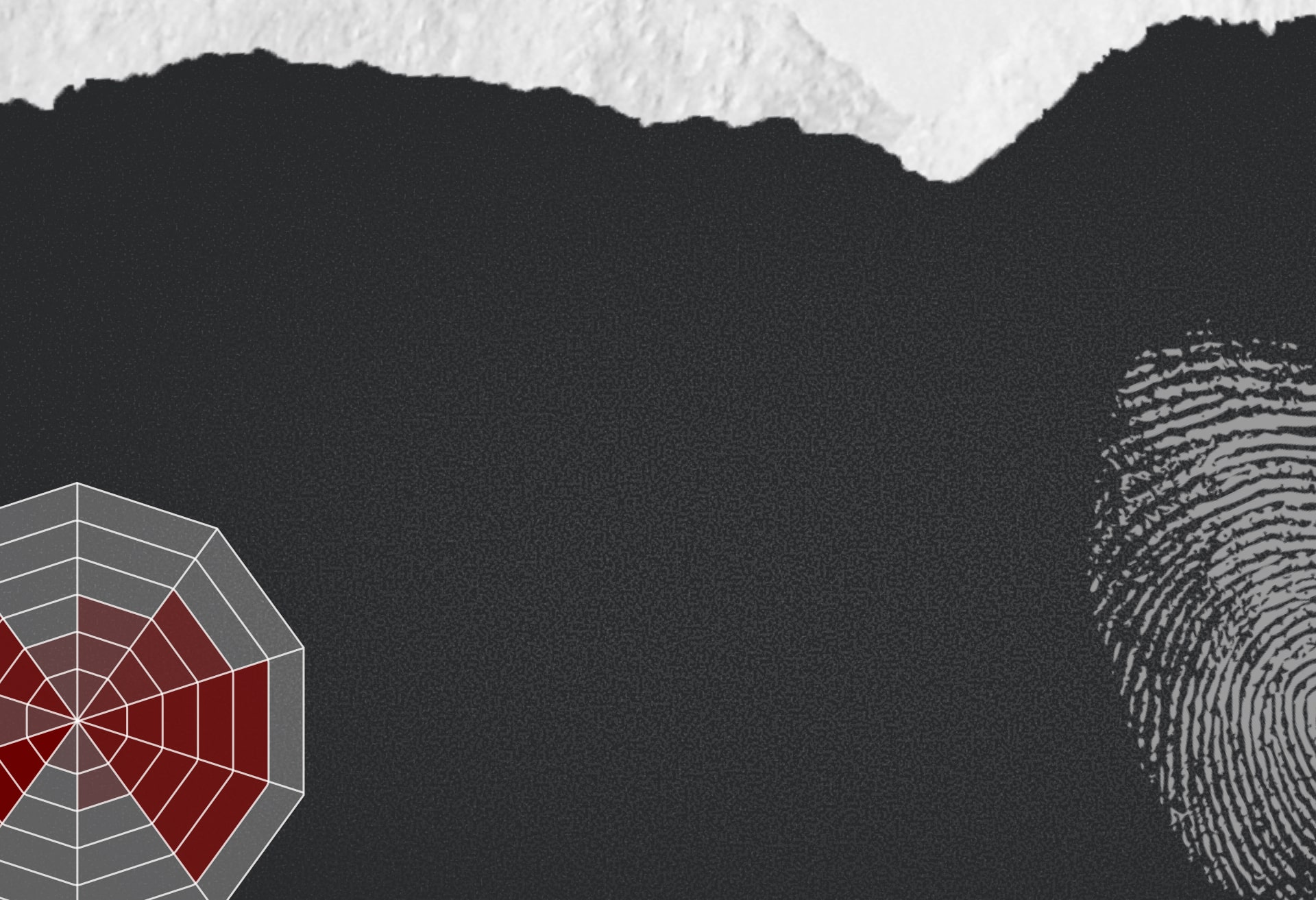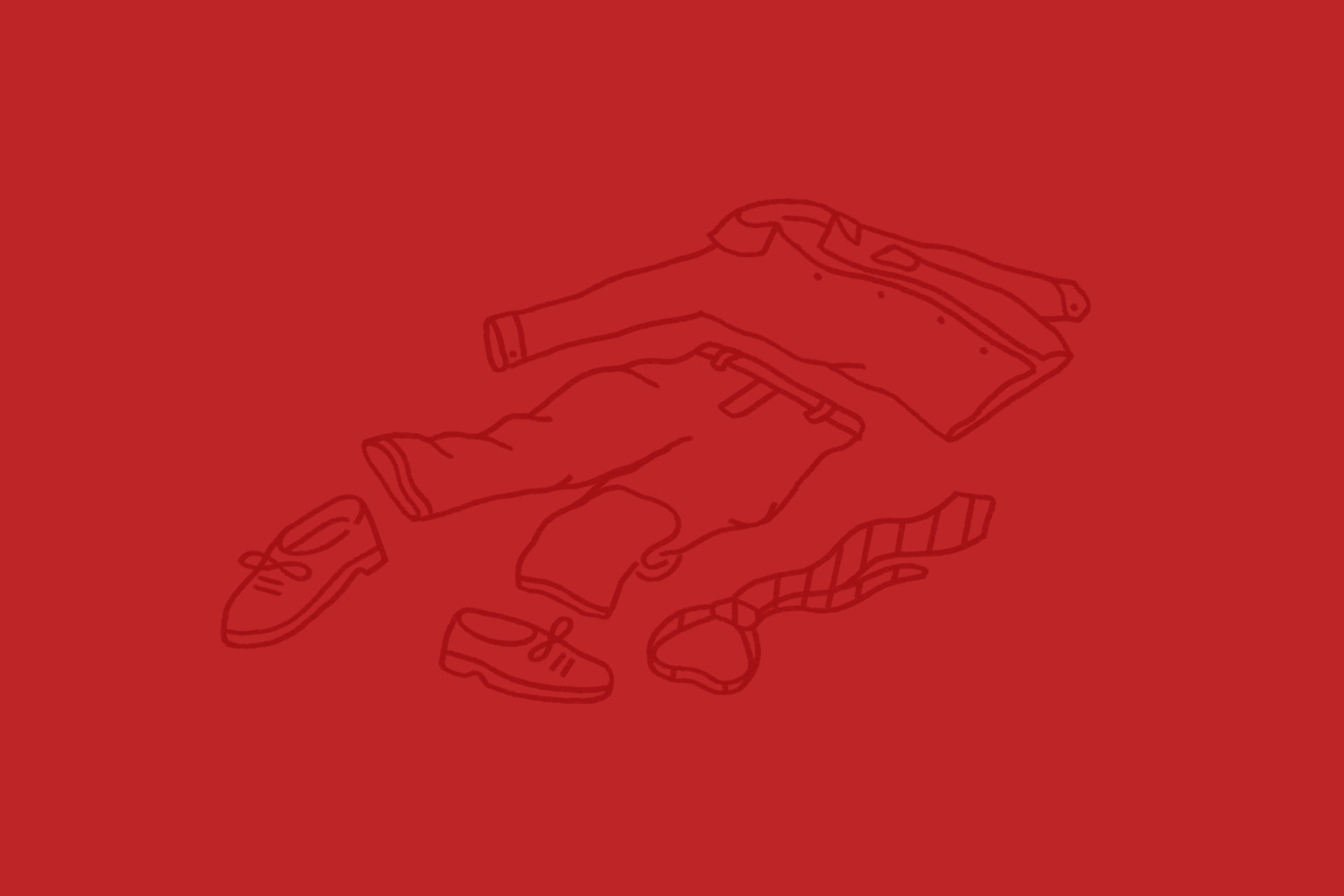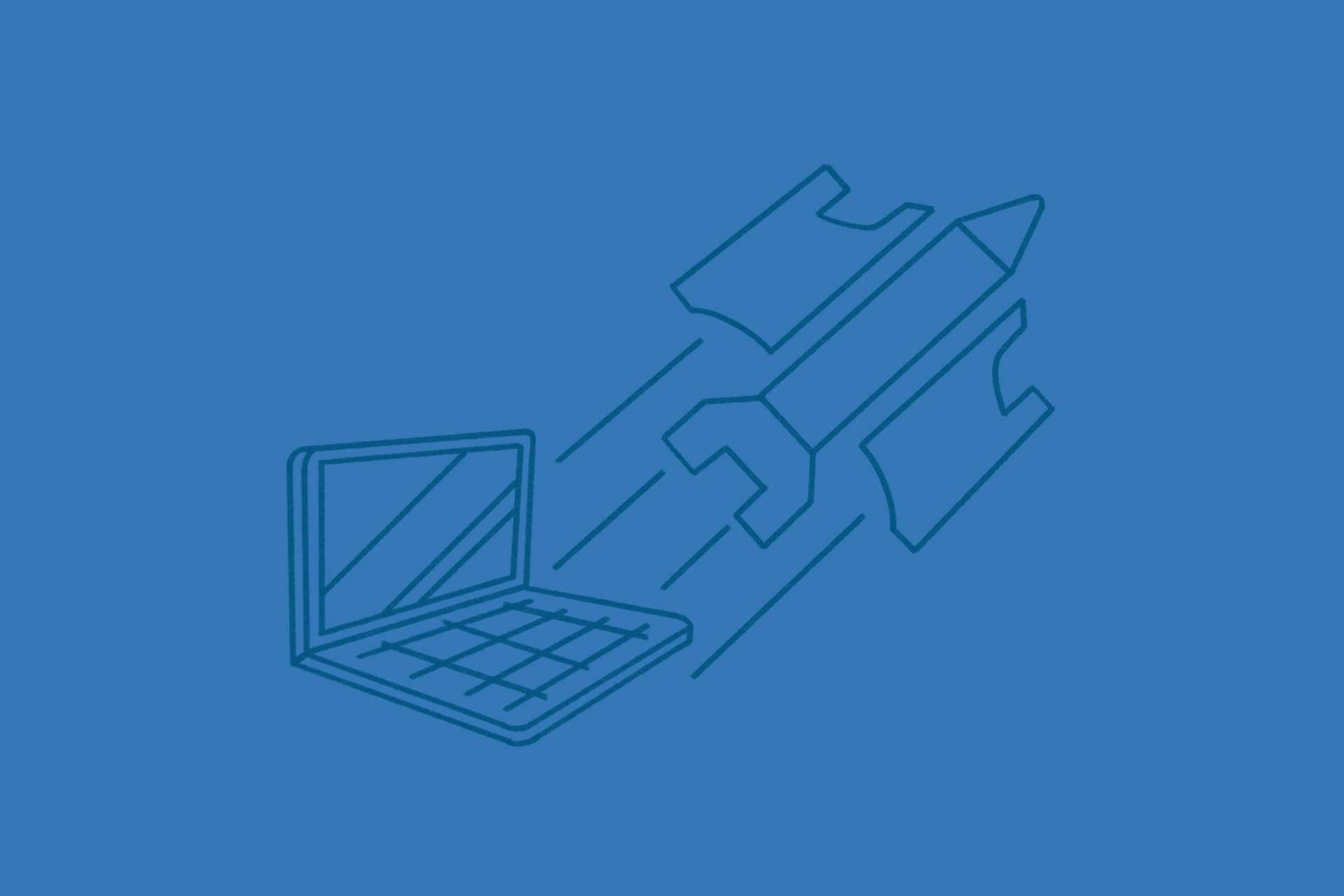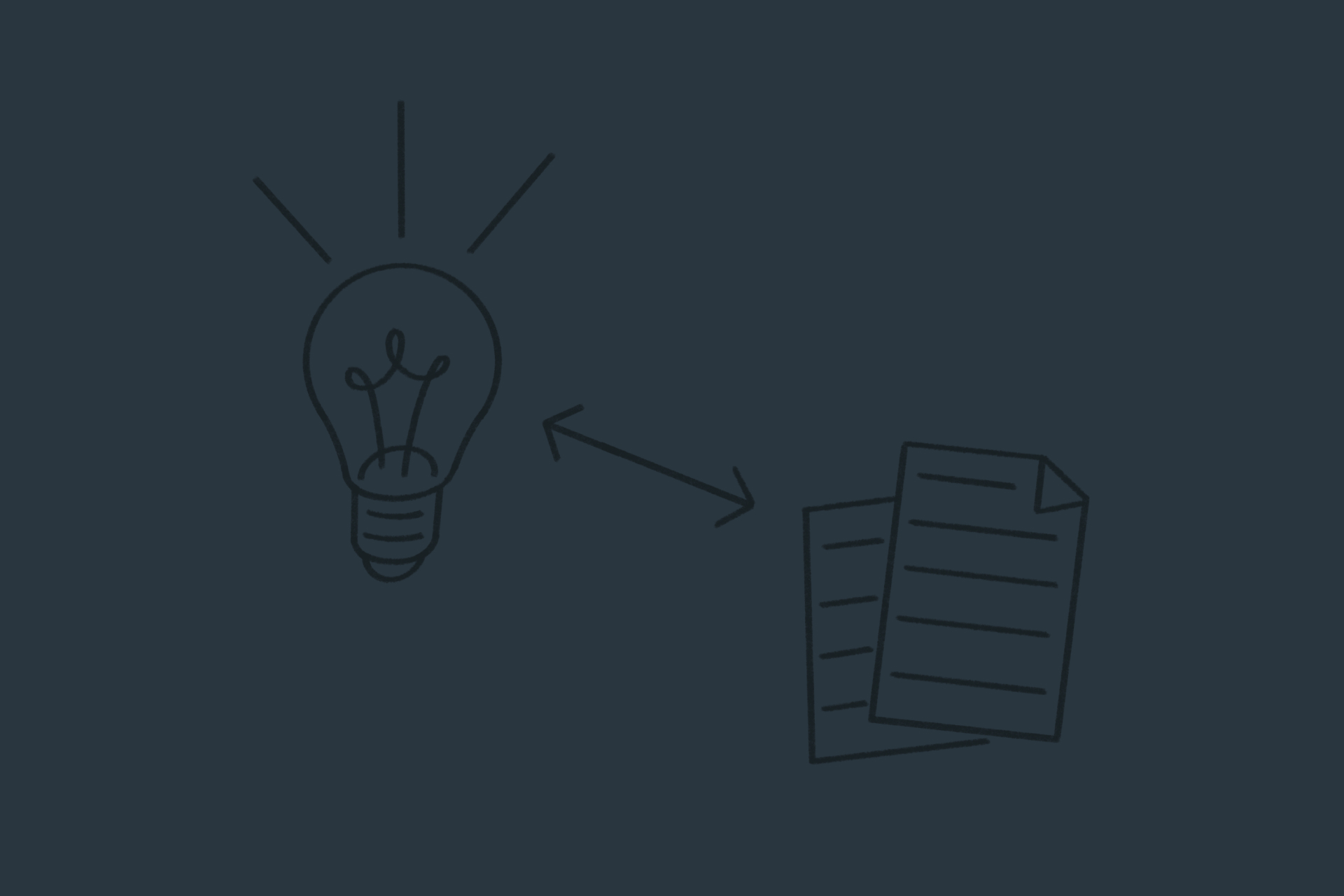How Much Does UX Cost? A Real-World Guide to Strategic UX Investment
The problem: Many teams want to improve user experience but underestimate what it truly costs—both financially and organizationally. The misconception that UX is just “making it look nice” leads to shallow investments that don’t solve the real problems.
The solution: Understand UX as a layered, strategic process. Budget based on the depth of design thinking needed—whether it’s tactical improvements or deep organizational change. The most successful companies aren’t just designing better interfaces—they’re designing better businesses.
Key takeaways:
- UX costs range widely—from $25K quick wins to $6M embedded partnerships—depending on depth, goals, and scope.
- The more strategic the work (research, alignment, innovation), the more time and budget it requires.
- Underinvesting in UX often leads to costly rework, low adoption, and missed market opportunities.
- Design maturity, not just design talent, determines ROI—especially when hiring internally.
🎧 Listen to the Humans First episode to hear the full conversation:
Why UX Costs So Much (and Why It’s Worth It)
Companies know they need better user experiences. But when it’s time to invest in UX, the questions start: “Isn’t this just some UI cleanup?” or “Can’t we just hire one designer?”
The truth: human-centered design is not a paint job—it’s a mindset shift. And like any strategic investment, the cost depends on what you’re trying to solve.
Let’s break down what it really takes to invest in UX—from fast wins to full transformation.
Think of UX Like Building a House
There’s no one-size-fits-all cost to UX design. It’s like asking, “How much does it cost to build a house?”
It depends:
- How big is the house?
- Are you hiring an architect or working off a template?
- Are you customizing everything or choosing builder-grade finishes?
UX is the same way. A simple UI refresh might run $25,000–$100,000. A full product redesign grounded in user research could land around $500,000. And a deep partnership across products and teams? That might require $6 million and a years-long engagement with an embedded team.
Here’s how the investment typically scales:
| Project Type | Typical Cost | What You Get |
|---|---|---|
| Quick Win / Proof of Concept | $25K–$100K | Tactical improvements, concept designs, early stakeholder buy-in |
| Mid-Sized Product Redesign | $200K–$600K | Research, strategy, user flows, full UX process over 12–18 months, focused on one project |
| Embedded Design Partner | $500k–$2M+ annually | Strategic + tactical work across all products, research, validation, and an ongoing, embedded team |
These aren’t made-up numbers—they’re based on real engagements. And in every case, cost is directly tied to how deep and how integrated the design work is.
5 Factors That Shape the Cost of UX
Whether you’re budgeting $25K or $5M, the true cost of UX design depends on five core dimensions—each one influencing how deep your UX investment needs to go and what kind of return it can drive.
1. What type of UX work is needed?
At the shallow end, you’re updating visual design. At the deep end, you’re solving root-level business problems through user research, strategic alignment, and validation. The deeper the design thinking, the more time and budget it takes—but also the more value you unlock.
We’ve seen teams ask for 80 hours of design when they really needed 1,800. Why? Because they were thinking in terms of surface-level UX, when what they actually needed was strategic design to gain market share.
The price of UX design scales with its depth. Are you painting walls—or rethinking the house?
This maps directly to Jesse James Garrett’s five layers of UX: surface, skeleton, structure, scope, and strategy. Most teams stop at the surface. But the true ROI of UX is buried deeper.
Dive deeper: From Surface to Strategy: The 5 Levels of UX Design
2. How big is the design change?
UX pricing also depends on how big the shift is. Are you catching up, leapfrogging the competition, or trying to disrupt the market entirely? Each level demands a different investment:
- Catching up: This is the most common (and most limiting) scenario. You’re working with legacy tools or outdated workflows, and you’re simply trying to close the gap between your product and what competitors are already doing. The design work here is often more reactive than innovative—focused on fixing known issues rather than uncovering new value. While necessary, this kind of work can be hard to rally excitement (and budget) around, because you’re always playing defense.
- Leapfrogging: Here, you’re not just trying to match the market—you’re trying to outperform it. This often involves looking 2–3 years ahead to anticipate future user needs and build toward them. Design work at this level is more strategic: you’re thinking about product ecosystems, long-term experience roadmaps, and how to create a competitive edge. It requires more time, alignment, and research—but it positions you to lead, not follow.
- Disrupting: This is the boldest—and riskiest—play. You’re not just improving UX; you’re questioning how the entire category should work. It could mean reimagining workflows, leveraging emerging technologies, or creating entirely new product experiences. Disruption takes deep UX research, long-term vision, and serious organizational buy-in. But when it works, it changes the game—and the market.
Each level of change demands a different timeline, risk tolerance, and UX budget. The greater the ambition, the deeper the design thinking needs to go.
If you’re only trying to catch up, you’re fixing usability gaps, but you’ll always be behind. Disruption, by nature, carries more risk—but also more reward. And it requires a UX team that can think holistically across user needs, technology, and business goals.
3. Are you requirements-heavy or learn-as-you-go?
One of the biggest hidden drivers of UX project cost is process flexibility.
- Requirements-heavy approach: This approach starts with a fixed set of features or technical requirements. It assumes the problem has already been defined and that the solution just needs design execution. But once real users enter the picture, assumptions often fall apart. Teams end up redesigning what’s already been “finalized,” which means more time, more budget, and more frustration.
- Learn-as-you-go approach: This approach starts with a clear problem and uses research and iterative feedback to shape the right solution. Instead of boxing design into a pre-scoped feature list, it invites UX to help uncover insights and adapt in real time. It’s not just more flexible—it’s more strategic, more collaborative, and often faster in the long run.
The most efficient UX engagements start with a clearly defined problem—not a fixed set of features. Teams that adopt a learn-as-you-go mindset almost always get more value from their UX spend—faster.
4. Is this a one-off project or an embedded partnership?
Short-term projects cost less up front. But if you’re aiming for transformation, an embedded UX team delivers more long-term value.
When designers are integrated into your organization, they absorb your domain knowledge, understand internal systems, and learn the cultural dynamics that shape decision-making. That context fuels smarter, more strategic design.
Our largest engagement was with a company on a years-long engagement with 25–30 people, working across vehicle interfaces, mobile tools, and enterprise systems. That level of integration lets us do both strategic and tactical work side-by-side.
Another client in the defense space engaged us not just for product design—they hired us to build their entire UX center of excellence. Over several years, we defined roles, built a design roadmap, and helped shape a self-sustaining team.
One-off projects solve immediate needs. Embedded partnerships create lasting transformation.
Read more: How long does UX design take?
5. What’s the market opportunity?
The most successful products aren’t just functional—they’re easy to use. And ease of use directly translates to market share.
The simplest rule of UX: the easiest product wins.
If the product team doesn’t work through the complexity, then your end user is the one who has to. And that’s where adoption breaks down—increasing risk for your share of the market. We call this the Conservation of Complexity.
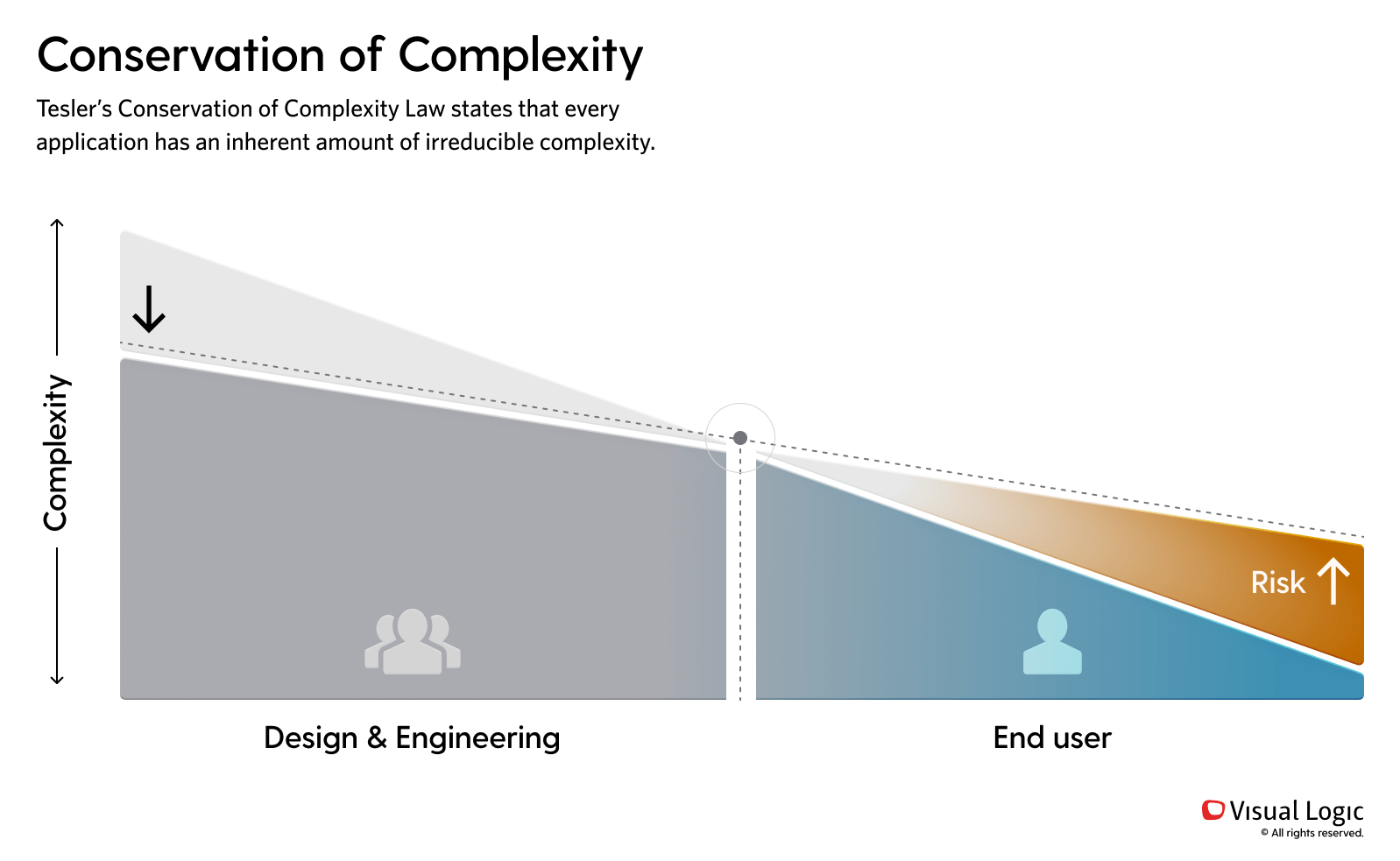
So your investment in UX isn’t just about costs—it’s about competitive advantage. UX isn’t just a cost center—it’s a growth engine. When you invest in human-centered design, you’re not just reducing friction—you’re increasing adoption, loyalty, and revenue.
“Can’t We Just Hire Our Own UX Team?”
Sometimes, yes. But hiring internally doesn’t always reduce the cost of UX—and in some cases, it can limit ROI if not done properly.
Tip: If you’re only going to hire an internal UX team, you must work to ensure…
- Design has a strategic seat: If leadership thinks UX is tactical and only surface level, but expects strategic results, your internal team will struggle, and leadership will constantly be disappointed.
- Appropriate scale for balanced, diverse skillsets: Internal teams are often built with one kind of designer—typically someone strong in visuals or front-end work—in addition to being understaffed. But high-impact UX requires a mix of strengths: strategy, research, systems thinking, facilitation, and tactical execution. Without a range of skills, critical gaps emerge.
- Broad influence across functions: If UX doesn’t have the trust of respected business leaders across the org, even great design ideas struggle to gain traction. Designers end up being reactive, not proactive—fighting for relevance rather than leading change. High maturity design orgs have design influence from the top down and bottom up.
We’ve even helped clients build in-house design centers—from defining team roles and outcomes to developing a design roadmap and culture. But it takes intention. A strong internal team isn’t just a staffing solution—it’s a strategic investment that requires leadership buy-in, ongoing development, and clear connection to business goals.
Learn more: What it took to scale IKEA’s global design team
Opportunity Cost: What Happens When You Get UX Wrong?
One of our clients came to us with a request for “quick UX wins.” Their internal tool for facilitating medical orders had an 8-week training ramp and a 25% turnover rate because the software was so hard to use. A $50K quick win project helped improve flows and ease frustration—but it was just the beginning.
After seeing the impact, they invested in a full redesign (~$600K) that embedded our design team with their business leaders to design new processes with the software itself. The result? Training time dropped to two weeks, user confidence rose, and efficiency skyrocketed.
The investment paid off not just in design quality, but in real business performance.
Had they stayed surface-level, they’d still be training frustrated users—and bleeding market share.
If You’re Thinking About Investing in UX…
Ask yourself:
- Are we just trying to modernize our UI, or are we solving something deeper?
- Do we have the internal design maturity to make strategic use of UX?
- Are we willing to give designers the space to think—not just react?
- Do we want design to be a partner in building the business?
The more honest your answers, the better you can match the right level of UX investment to your goals.
The cost of design isn’t just about money. It’s about mindset, leadership, and how seriously you take your users.
🎧 Want to hear how companies budget for UX in the real world?
Listen to the full episode on Humans First:
